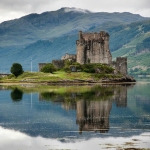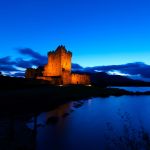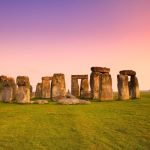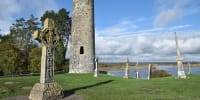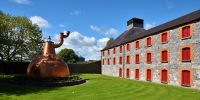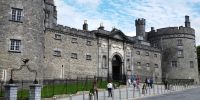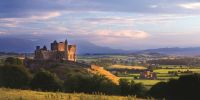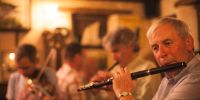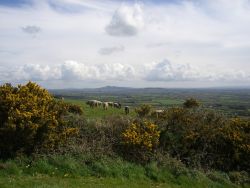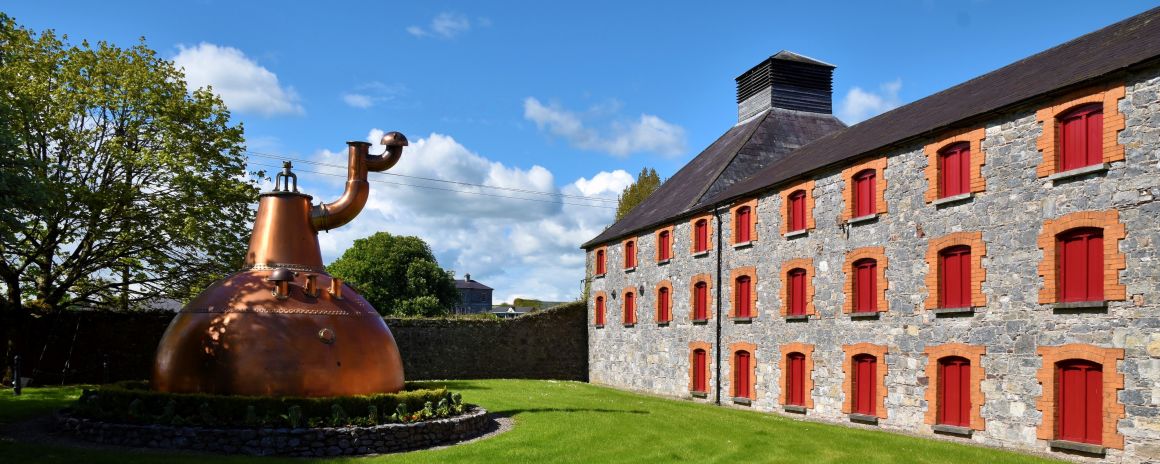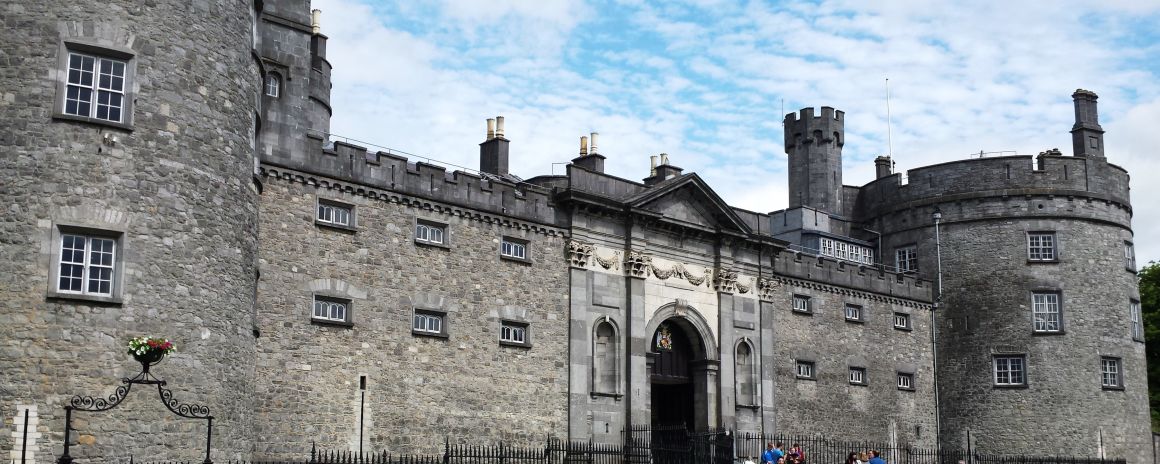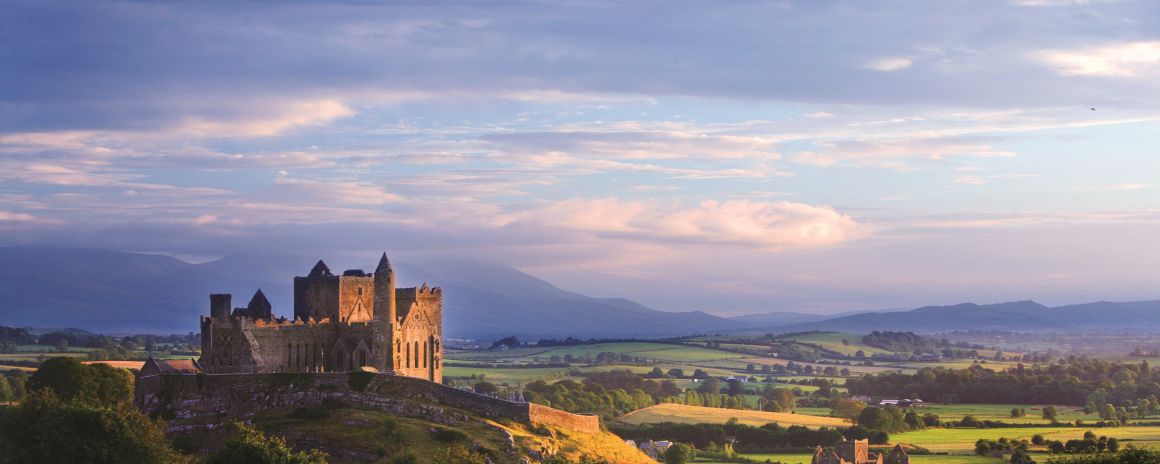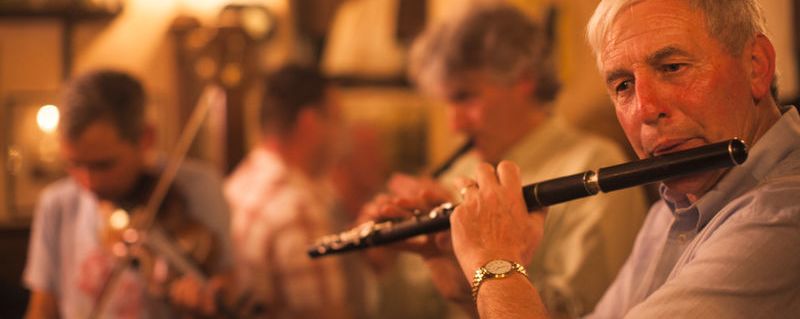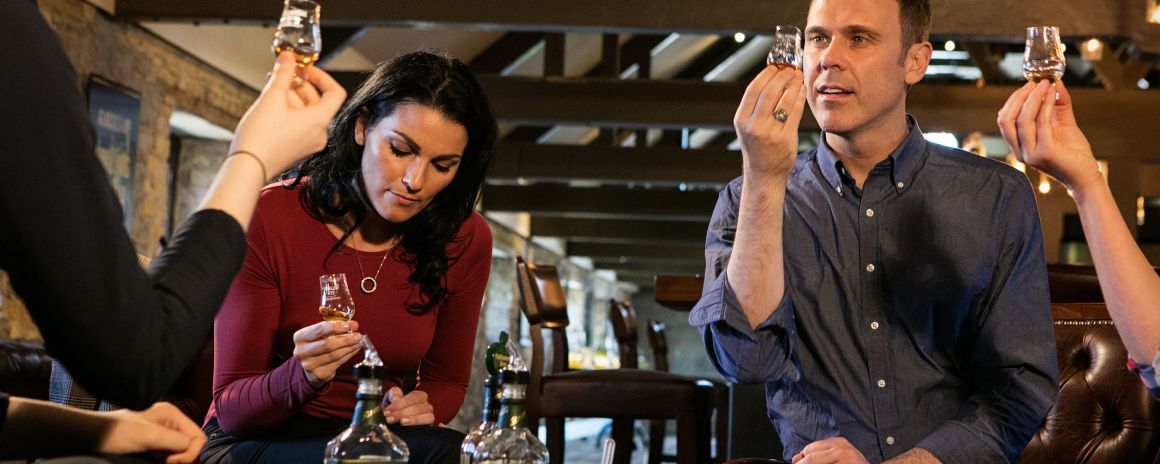Questions about Ireland's ancient East
What is Ireland's ancient East?
Ireland's Ancient East is a touring region featuring some of the Emerald Isle's best-loved attractions. Running from Co. Monaghan in the north to Co. Cork in the south, it was created by Fáilte Ireland to showcase the top tourist destinations from its broad sweep of 17 eastern counties.
What counties are in Ireland's Ancient East?
There are 17 counties in total in Ireland's Ancient East. These are Cavan, Longford, Louth, Meath, Monaghan, Westmeath, Offaly, Laois, Kildare, Tipperary, Limerick, Carlow, Kilkenny, Wicklow, Wexford, Waterford and Cork.
How old is Ireland's Ancient East?
Ireland's Ancient East was launched in April 2015.
Who created Ireland's Ancient East?
Ireland's Ancient East was developed by and is maintained by Fáilte Ireland (National Tourism Development Authority).
How long does it take to do Ireland's Ancient East?
As Ireland's Ancient East is more of a region than a trail, it is hard to say how long it would take to travel throughout it. Driving non-stop from Monaghan (its most northerly point) to Cork (its most southerly point) would take around four hours.
Where does Ireland's Ancient East start and finish?
Unlike the Wild Atlantic Way, there is no start and endpoint on Ireland's Ancient East. It spans from County Monaghan (in the north) to County Cork (in the south) and from County Wicklow (in the east) to County Offaly (in the midlands).
Can you walk Ireland's Ancient East?
As Ireland's Ancient East is more of a region than a route it would take quite an effort to walk it entirely. To walk from its most northern point in County Monaghan to its most southern point in County Cork would take an estimated 64 hours, without breaks.
Where should I stay in Ireland's Ancient East?
There is a plentiful supply of Bed & Breakfast, Hotels and Hostels to be found throughout Ireland's Ancient East. Especially in the more popular areas of Cork, Waterford, Kildare and Kilkenny. Throughout the region, you will never be too far away from an area where you can easily pick up supplies. It is a good idea to map out a list of your potential accommodation and book ahead, especially in the summer months.
Is Ireland's Ancient East signposted?
Each point of interest along Ireland's Ancient East has a distinctive sign in place, giving information about the site itself as well as other sites nearby.



